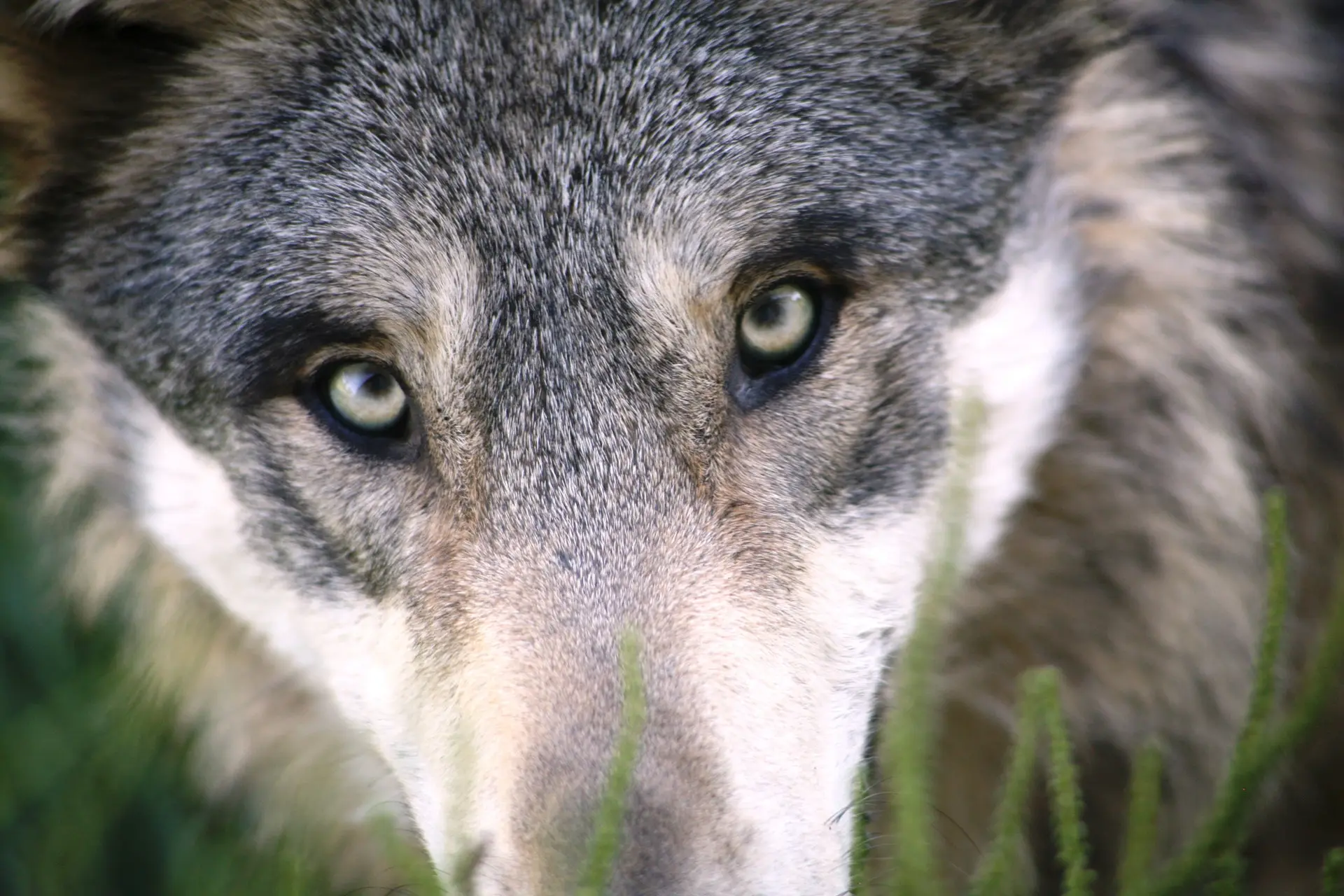Christian Bale’s popular rendition of Batman, funnily enough, is actually a bit of a lone wolf. Batman is not alone, of course. With characters like Daryl and Michonne from ABC’s “The Walking Dead,” Deckard Shaw from the “Fast and the Furious” franchise and Clint Eastwood’s Inspector Harry Callahan stealing the show (and the hearts of viewers), Americans seemingly can’t get enough of these hardy, badass “wolves” of few words.
Yet, there seems to be a disconnect: modern society attributes positive value to traits like bubbliness, empathy, friendliness and enthusiasm — all of which our beloved “wolves” noticeably lack. What, then, draws people to these fictional characters, and what are the implications of being a lone wolf in the real world?
Let’s start by unpacking (pun intended) the archetype. Most people would likely agree that the term “lone wolf” describes someone with a preference for solitude, a prickly aloofness and a disregard for social pressures. Most people would likely also agree that the “badass” descriptor could apply here, implying a sense of reverence for the more maverick elements of the lone wolf personality. This makes a surprising amount of sense — American culture, having arisen from a nation known for its rebellious spirit and emphasis on liberty, would indubitably champion its beloved rebels.
While this is a good starting point that accurately characterizes the “wolves” of the silver screen, my goal here is to dig a bit deeper into how the archetype manifests in reality. Continuing from our fledgling definition, what separates a lone wolf from your average hipster? The answer lies within what is perhaps the most American of places — the workplace.
You see, it becomes apparent that, when granted the solitude they crave, the lone wolf is significantly more productive. Communication is a necessary evil, of course, especially in the case of team projects, but it can in fact be minimized. CEOs and project leaders that create a “buffer zone” by individually assigning lone wolves to tasks that play to their strengths have found that this vastly improves workflow and reduces friction between the lone wolf and his or her officemates. I would argue that it is this innate affinity for and ability to benefit from independence that separates lone wolves from hipsters and counter-culture enthusiasts.
Another interesting question surfaces when discussing lone wolves in the workplace: are they just shy? Because we tend to derive our perceptions of this archetype from movies and television, where such characters often bear burdensome backstories and are heavily emphasized as strong and silent, we forget that some non-talkers may simply lack the confidence to speak up. Extrapolating from the example of omega wolves in the wild, it is important to note that social segregation may not be entirely self-selected in all cases. This is the danger of the archetype’s existence — being dismissed as a lone wolf can threaten social opportunity for the outspoken and shy.
This is where someone like me comes in. Nine times out of 10, I’m not the first one to strike up a conversation, and yet, growing up, I’d often find myself wishing I had. Ultimately, I’ve come to recognize the fact that solitude feels most natural to me, but I sometimes wonder if this was just a product of years of incurable shyness. At what point did I begin to place myself in the “lone wolf” box, and did it happen without me even realizing it?
For the time being (and because I frankly still don’t have the answers), I won’t bore you with any more of my shower thoughts. If there’s one thing to take away from my ramblings, it’s this: archetypes exist as convenient descriptors, but the implications of real-life lone wolves bring to light the possibility of involuntary assumption of these labels. In other words, perhaps many “wolves” simply don’t bite.
Contact Carissa Lee at carislee ‘at’ stanford.edu.
